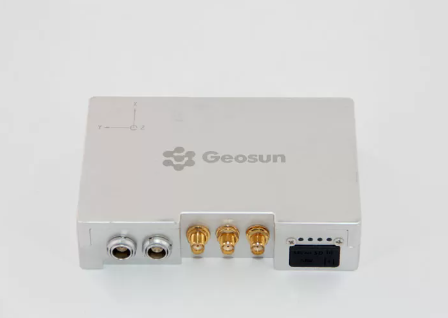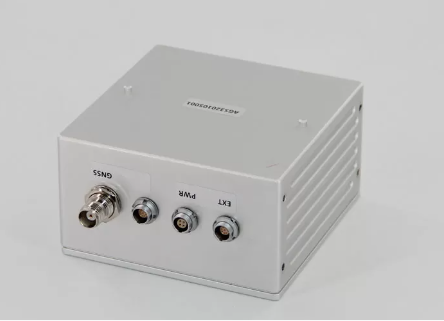
Home
Home
About Geosun
About Geosun
Products
Products
- Hardware
- Mobile LiDAR Scanning System
- gCollector Road Information Collection System
- gSpin POS System
- PPK Solution
Support
Support
News
News
Contact Us
Contact Us

A GNSS receiver is a device used to receive, track, process, and measure signals from Global Navigation Satellite Systems (GNSS). It can receive signals from different satellites, and by processing and analyzing these signals, calculate the receiver's position, speed, time, and other information. GNSS receivers are widely used in navigation, positioning, measurement, aviation, maritime, remote sensing, and other fields.


How does a GNSS Receiver Work?
GNSS receivers work by picking up signals broadcast by multiple satellites orbiting the Earth. These signals contain information about the satellite's position and the precise time the signal was sent. By analyzing the signals from several satellites simultaneously, the receiver can triangulate its own position on Earth using a process called trilateration.
Types of GNSS Receivers
Single-Frequency Receivers: These receivers operate on one frequency band, typically the L1 band, which is used by all GNSS constellations. They are commonly found in consumer devices like smartphones and car navigation systems.
Multi-Frequency Receivers: These receivers can process signals from multiple frequency bands, such as L1, L2, and sometimes L5. They offer improved accuracy, reliability, and resistance to signal interference, making them suitable for professional applications like surveying and precision agriculture.
Real-Time Kinematic (RTK) Receivers: RTK receivers are a specialized type of GNSS receiver used for high-precision positioning applications. They work by comparing the phase of the received satellite signals with a reference station to achieve centimeter-level accuracy in real-time.
What is the Difference Between GPS and GNSS Receiver?
The main difference between GPS (Global Positioning System) and GNSS (Global Navigation Satellite System) receivers lies in their scope and origin.
GPS Receiver:
1. GPS is a specific satellite navigation system developed and operated by the United States government.
2. A GPS receiver is designed to specifically receive signals from the GPS constellation of satellites.
3. Traditionally, when people refer to a GPS receiver, they are often referring to a device that works primarily with the GPS satellite constellation.
GNSS Receiver:
1. GNSS is a broader term that encompasses multiple satellite navigation systems, including GPS (USA), GLONASS (Russia), Galileo (European Union), BeiDou (China), and other regional systems.
2. A GNSS receiver is capable of receiving signals from multiple satellite constellations, not just GPS.
3. GNSS receivers offer increased accuracy, reliability, and coverage compared to GPS receivers alone, as they can utilize signals from multiple satellite systems simultaneously.
What is a GNSS Receiver Used for?
A GNSS receiver is used for a variety of purposes across different sectors and industries due to its ability to determine precise location, speed, time, and other relevant information. Some common applications of GNSS receivers include:
Navigation: The most common use of GNSS receivers is for navigation purposes, enabling users to determine their exact location, speed, and direction.
Mapping and Surveying: GNSS receivers are used in mapping and surveying applications to create accurate maps, measure land boundaries, and monitor changes in the Earth's surface over time.
Precision Agriculture: Farmers use GNSS receivers to optimize field operations such as planting, spraying, and harvesting by precisely mapping field boundaries, monitoring crop health, and applying inputs where they are needed most.
Aviation and Maritime: GNSS receivers play a crucial role in aviation and maritime navigation, providing pilots and ship captains with accurate positioning information for safe and efficient travel.
Emergency Response: GNSS receivers are used in emergency response systems to locate individuals in distress, such as lost hikers or people involved in accidents, helping rescue teams to reach them quickly.
Conclusion
GNSS receivers have revolutionized the way we navigate and interact with the world around us. From guiding us to our destination to enabling precision farming and supporting emergency response efforts, the applications of GNSS technology are vast and diverse. As technology continues to evolve, GNSS receivers will likely become even more ubiquitous and indispensable in our daily lives.
URL:https://www.geosuntech.com/News/136.html
Previous:A Thorough Understanding to UAV LiDAR/LiDAR for Drones
Next:What Are the Differences Between Single-beam LiDAR and Multi-beam LiDAR




